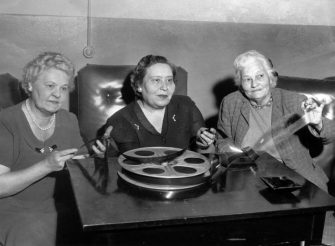
Since its inception, white women were often selected to serve on Virginia’s censorship board to keep pro-Black films out of theaters. Pictured here are censors Mrs. Gregory, Mrs. Wagers, and Mrs. Whitehead in 1958.
On June 30, 1966, the Virginia Division of Motion Picture Censorship, which racists used as a cultural-war weapon to promulgate white supremacy and negative stereotypes of African Americans, ceased operations. The Virginia General Assembly had initiated the agency in 1922 as the three-member Virginia State Board of Censors, empowering the panel to prescreen every movie coming to the state and either grant a license for showing, ban it entirely or require the filmmaker to delete scenes or dialogue deemed “obscene, indecent, immoral, inhuman, or is of such a character that its exhibition would tend to corrupt morals or incite to crime.”
The General Assembly did not specifically mention racial matters as a consideration, but historian J. Douglas Smith points out in his article “Patrolling the Boundaries of Race: motion picture censorship and Jim Crow in Virginia, 1922–1932” that the all-white, politically appointed board members “clearly understood that their mandate demanded the prohibition of films which portrayed Blacks in ways that did not comport with prevailing standards of acceptance.” Those standards — as imposed by powerful white supremacists — included making sure “that Virginians saw only stereotypical images of Blacks on the screen: the faithful servant, the ignorant child, and the loathsome criminal,” Smith writes. Virginia’s white political elites would bring “New and more humane images” of Blacks that would threaten “to undermine accepted assumptions central to the Old Dominion’s commitment to white supremacy.”
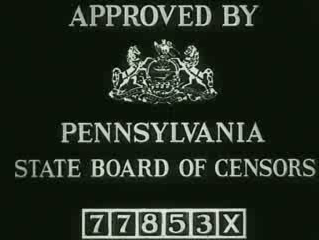
Virginia, Kansas, Maryland, Ohio, Pennsylvania, and New York all had film censorship boards in the 20th century.
Another scholar, Melissa Ooten, explains in “Censorship in Black and White: The Burning Cross (1947), Band of Angels (1957) and the Politics of Film Censorship in the American South after World War II” that not only did the Virginia censors favor demeaning and negative portrayals of African Americans in movies, but they caused filmmakers to cut out images that suggested otherwise. Examples of self-censorship include cutting out depictions of Black people demanding full citizenship and respect for their civil rights. “Controlling what African Americans saw on-screen and controlling what sorts of depictions of African Americans all moviegoers viewed at the movies became central to the censorship board’s mission,” Ooten writes.
Virginia was the last of six states to create censorship boards for movies — the others being Kansas, Maryland, Ohio, Pennsylvania, and New York. Several cities, including Chicago, and Detroit, also censored films. The states with censorship panels all aimed to remove scenes that contained nudity, sexuality, vice, and vulgarity, but there were different approaches to race relations. Smith notes, for example, that Kansas, Maryland, Ohio, and Pennsylvania banned racially inflammatory, prejudicial, or abusive content from films, while New York did not address race in its law.
The Virginia censors, though, interpreted their mission as including race-related censorship, according to Smith. He observes that one of the panel’s annual reports notes that the board members had “scrutinized with peculiar care all films which touch upon the relations between whites and Blacks. Every scene or subtitle calculated to produce friction between the races is eliminated.” Smith explains that Virginia’s board members “objected to any depiction of interracial contact that they considered too intimate or friendly;” “rejected pictures which portrayed whites in a negative light;” and eradicated “images which showed the potential for interracial violence, or in any other way threatened social order.”
As Ooten adds, “the censorship of film in Virginia became a key way for white elites to regulate the state’s racial order. . . . The censorship board simply would not tolerate interracial images on-screen that carried the slightest hint of equality or sexuality; the two presented together formed a lethal combination indeed.”
For a large part of the 20th century, Virginia tried to maintain a white supremacist system based on the disenfranchisement of Black voters, elitist paternalism and a mythical “separation by consent” through which politically dominant whites tried to make the general public, especially African American citizens, believe that Blacks and whites had mutually agreed to segregation. This top-down, one-sided management of race relations in Virginia demanded Black deference to whites in all important matters, including education and economic advancement, and that Black citizens trust white powerbrokers to make various long-range societal improvements for African Americans. In exchange, white leaders would not unleash brutal physical violence against Black Virginians, the type prevalent in some other former Confederate states.
In the 1920s, Virginia’s white supremacist politicians decided more totalitarian-style rigid racial separation was necessary, so the General Assembly passed a series of racial purity laws. The legislation included the Racial Integrity Act of 1924, which reinforced earlier prohibitions against interracial marriage and defined a “white” person as someone with no “black blood” and no more than one-sixteenth of Native American “blood,” and the Public Assemblages Act of 1926, which required strict segregation at all venues for entertainment and public meetings.
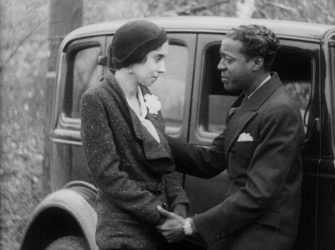
A still from Oscar Micheaux’s Veiled Aristocrats (1932), a “talkie” remake of his earlier silent film House Behind the Cedars. Cedars is a “lost film,” of which no copies or stills are known.
The Board of Censors would cite such laws when regulating movies, such as when it banned the 1927 silent film, The House Behind the Cedars, by the pioneering African American filmmaker Oscar Micheaux, which featured a mixed-race woman trying to pass as white and who becomes engaged to a white millionaire. The censors ruled that the movie “at least indirectly contravenes the spirit of the recently enacted anti-miscegenation law which put Virginia in the forefront as a pioneer in legislation aimed to preserve the integrity of the white race.”
Several of Micheaux’s films ran afoul of the Virginia censors. In The House Behind the Cedars case, the board even convened a special screening with six other white men and women, including government officials, to help render a verdict. In his response, Micheaux pointed out the unfairness of not including any African Americans in the gathering.
Micheaux and other African Americans also criticized the Virginia board for its double standard about whether a film might cause racial tension. The board rejected entire movies or demanded cuts from Micheaux, whose films depicted complex Black characters who mingled with whites and criticized white racism but did not take action against white supremacist cinema, such as the continual running of The Birth of a Nation, a silent movie that glorified the Ku Klux Klan and was re-released in the 1930s with sound.
From 1922 to 1966, the Virginia State Board of Censors and its successor, the Division of Motion Picture Censorship, reviewed more than 52,000 movies, mandating revisions or deletions to more than 2,000 for various reasons, and rejecting 157, with 38 of those eventually winning approval.
U.S. Supreme Court decisions eventually caused the demise of government censorship of movies, including a 1965 case, Freedman v. Maryland, that ruled that states could not ban films. While the Maryland State Board of Censors lasted until June 1981, the Virginia General Assembly repealed its creation of the Virginia Division of Motion Picture Censorship and stopped its funding effective June 30, 1966, according to the Library of Virginia.
That’s the day that the movie screen in Virginia’s censorship studio went permanently blank.
By Michael Knepler, who prepares periodic #tdih posts for the Zinn Education Project.

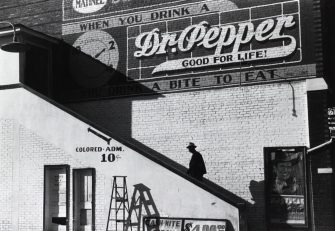

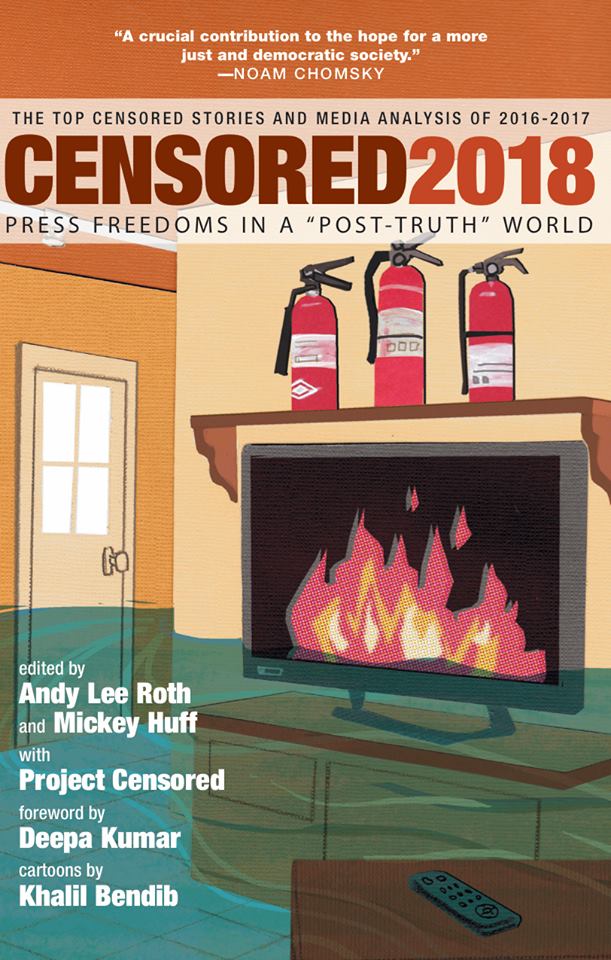
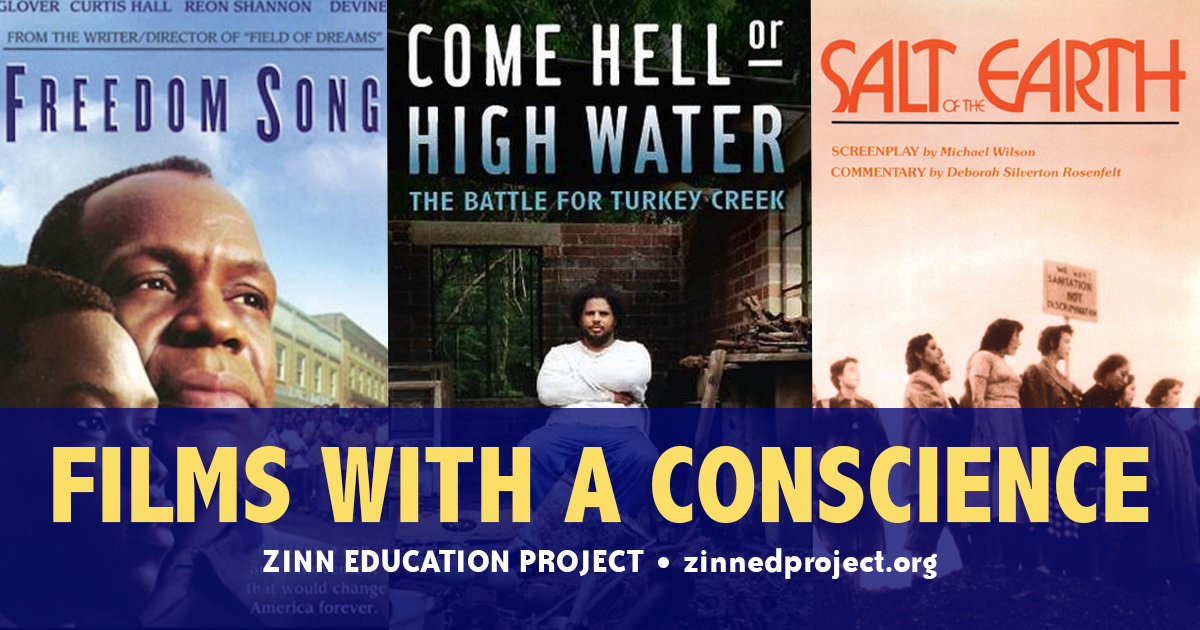

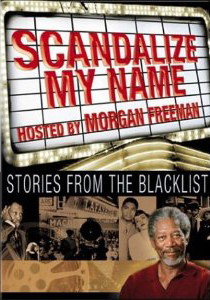
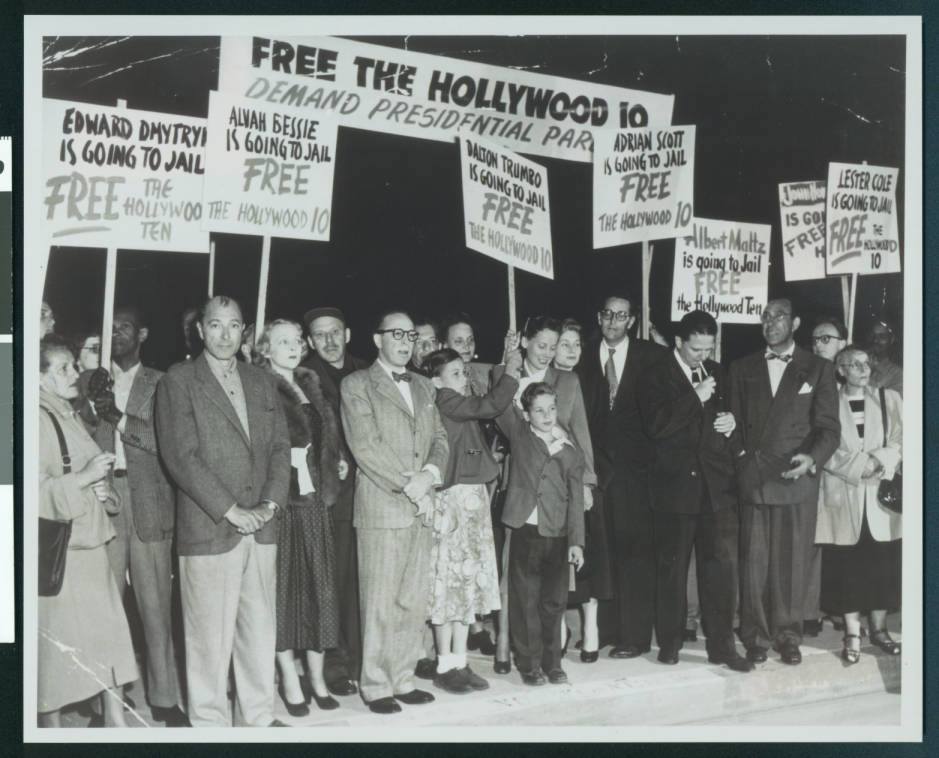





Twitter
Google plus
LinkedIn